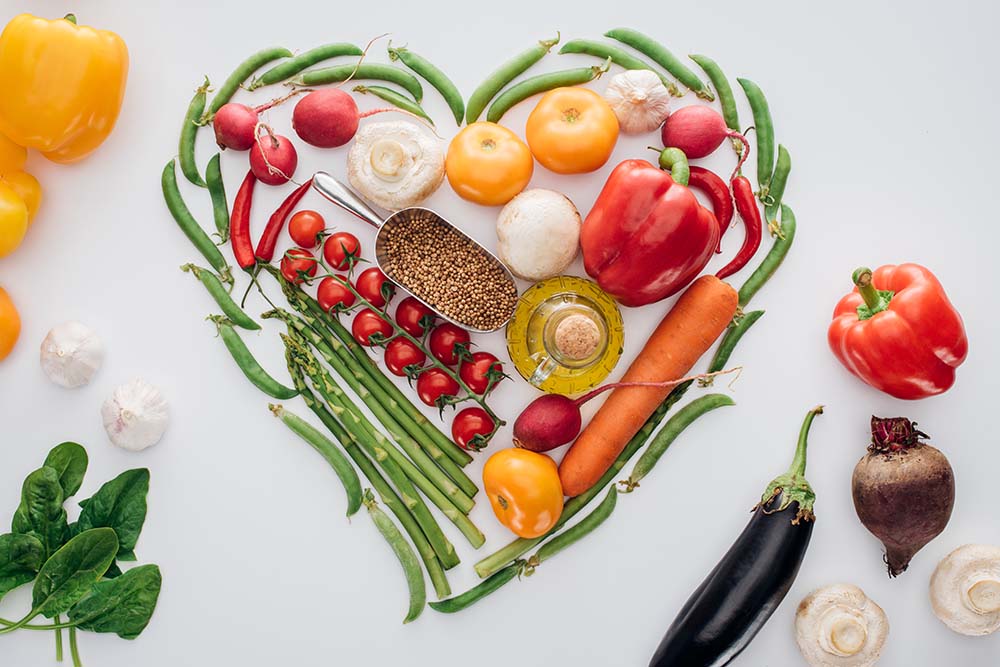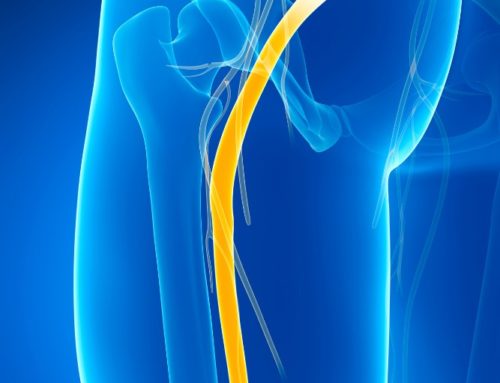Heart attacks are the result of reduced or blocked blood flow to the heart. To prevent further damage, your doctor may insert a cardiac stent into the narrowed or blocked arteries. The recovery process after such a procedure includes lifestyle changes, including physical activity, stress management, and controlling blood pressure. Changing your diet after heart attack and stents is also essential to increase your heart health.
Dietary requirements after serious cardiac issues involve adding healthy items to strengthen your heart. There are also a few options you should avoid to prevent further damage. If you’re concerned about your heart health, check out the following dietary information. Keep in mind it is for educational purposes only and shouldn’t replace your doctor’s advice.

Diet After Heart Attack and Stents
One of the causes of a heart attack is an unhealthy diet. Those that consume high levels of sugar, trans fats, salt, animal fats, and processed foods are at risk. High cholesterol and triglyceride levels also contribute to hardened or thickened arteries, which can lead to heart attacks. To avoid future heart issues, choosing the right foods after heart attack and stents is a must.
Foods to eat and avoid
A healthy diet after cardiac issues ensures you’re not increasing the damage to your heart. Choosing the right foods can help strengthen your heart, preventing further issues.
One of the vital parts of a healthy post-heart attack diet is plants. These include vegetables, fruits, beans, and seeds. These options are full of essential vitamins, minerals, and fiber to help increase heart health. Your diet should also contain whole grains, such as whole wheat bread, brown rice, couscous, quinoa, and lentils.
Lean meats, including skinless chicken, turkey, and fish, should replace those fatty meat options. You don’t need to avoid fats completely, though. There are several healthy fats that you can add to your list of foods after heart attack and stents. These include extra virgin olive oil for cooking, as well as nuts and avocados.
Dairy products aren’t the safest since they contain a lot of fat. Of course, you can choose low-fat options to keep dairy products as part of your diet. These include skim milk, yogurt, cottage cheese, and fat-free cream cheese.
Fresh foods are always a fantastic option since they have not been processed like pre-packaged items. This doesn’t mean you have to avoid packaged foods altogether, though. You can eat canned items as long as you check the ingredients for unhealthy additives.
Part of maintaining a healthy diet includes removing certain foods from your meal planning after heart attack and stents. The worst offender is salt since it is linked to high blood pressure, which is a risk factor for heart failure. Instead of using salt to flavor your meals, choose other herbs, spices, and seasonings.
Another option to avoid is anything high in saturated fats, including butter, whole milk, bacon, cured meats, and red meat. Sugary foods, including pastries and candies, should also be removed from your diet after heart attack and stents.
This content comprises informative and educational resources only and can not be considered as a substitute for professional health or medical guidance. Reliance on any information provided in this article is solely at your own risk. If you have any inquiries or apprehensions about your medical condition or health goals, talk with a licensed physician or healthcare provider.






Is Cheerios all right to eat with fat free milk lactose free
I am not a doctor, nor a nutritionist, but that seems like it would be alright! Measure your portion sizes to keep track of your nutritional numbers.
I had two stents fitted ive had no advice after reading about what l can and carnt eat l have been eating the wrong foods lve had no advice each time l contact after care team they dont offer help my diet is poor l vomit a lot and have loose bowels what can l do to get help
Look in the ADA website . Eat low-fat foods. Google is your friend here. I was told to watch my sodium intake . Lots of fruits and veggies . Also a lot depends on if you’ve had a heart attack or if it was preventative. Skinless chicken , Turkey and lean cuts of beef. Avoid or limit salty foods and processed foods . Walnuts and pecans are good. Pomegranates and strawberries blueberries black berries. Whole grains and beans are good. Look for no salt added or low sodium options . Granola with flax seeds . Deli meats are a no no . A few delis have low sodium Turkey and roast beef . Olive oil and avocados. Air fry or bake potatoes in oven with a bit of olive oil . That will get you started .
My help has been reading. Trusted sources on line and books from the library. American Heart Association offers resources too. Wishing you all the best.
You need a specialist or a better cardiac dr and team, I’m no expert but my fiance just had a stent put in his heart and they offered all kinds of help and advice, I pray you get help soon God bless you !
I have the same issues and I am seeking help and advice.
I have recently had a heart stent and I wasnt given a dietary plan to follow so I’ve researched online what to eat and not to eat..! Surely having a stent there should be a duty of care to the patient after having the stent..I feel I’ve been experimented on then left to my own devices also I’ve read that I should of had an appointment a week after my stent was fitted but I’ve just got a letter stating I have a appointment in 6 months time..! What’s happening to the NHS I really don’t know and its quite scary tbh.
I feel exactly the same and I was lucky enough to go private. Feels like once they have the big money they couldn’t care less.
I had 1 stent an two time processes for 2nd stent but fail now doctor recommended for bypass plz advice what can I do
I had a heart attack 19 months ago but of the blue &have 2 heart stents. No advice at all has been given on food types. I wasn’t overweight then – but I am now!
My fuet us unchanged apart from no citrus fruit. I dont eat meat: have low fat cheese, fish, eggs lots of veg & fruit. No citrus.
What am I doing wrong and how cat what I eat effect my stents?